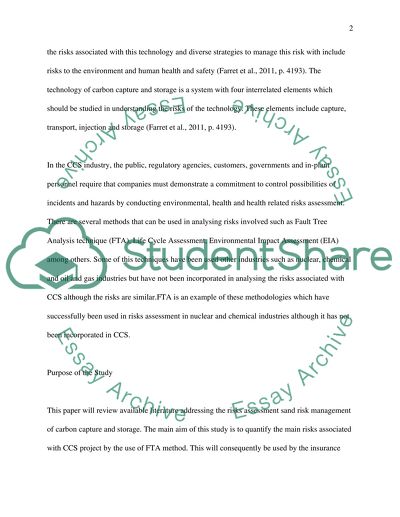Cite this document
(“Risk assessment and risk management associated with Carbon Capture and Literature review”, n.d.)
Retrieved from https://studentshare.org/environmental-studies/1395711-risk-assessment-and-risk-management-associated
Retrieved from https://studentshare.org/environmental-studies/1395711-risk-assessment-and-risk-management-associated
(Risk Assessment and Risk Management Associated With Carbon Capture and Literature Review)
https://studentshare.org/environmental-studies/1395711-risk-assessment-and-risk-management-associated.
https://studentshare.org/environmental-studies/1395711-risk-assessment-and-risk-management-associated.
“Risk Assessment and Risk Management Associated With Carbon Capture and Literature Review”, n.d. https://studentshare.org/environmental-studies/1395711-risk-assessment-and-risk-management-associated.


